20 Podcast Recording Tips
Producing podcasts takes a lot of time, effort, and practice – just ask the podcast producers. One of the most important elements of a successful podcast is great audio-quality. No matter how awesome your podcast is, listeners tend to choose podcasts with clear and professional-grade audio.
Achieving the best audio-quality is about more than just investing in the right equipment. There is little that can be done about unclear or lackluster audio, no matter how much editing time you devote to audio-quality. This is why learning how to capture good raw audio can really set you up for success.
To make sure you’re capturing the best raw audio every time you record, we’ve created a roundup of some easy and helpful podcast recording tips. Let’s get started!
20 Podcast Recording Tips
Plan your content ahead of time.
To ensure a fluid recording, plan your podcast content before you record audio. The more research and time you put into this process, the easier your recording will be. For tips on planning podcast content, click here.
Prepare a good podcast script.
A good podcast script is the key to recording a good episode. Having a detailed script on hand will help keep you organized and on-topic, and can reduce editing time later.
Choose your equipment wisely.
Every podcaster is different and unique in their own way. What works for one podcast host may not work for everyone else. Before you invest too much money in your podcasting equipment, be sure to do your research and choose what works best for you. This goes for your podcast hosting website as well.
Create a noise profile.
Some editing software allows you to create a noise profile, a recording of your optimal background noise. The function can then automatically delete background noises that it deems different from your original, optimal recording. How efficient is this? Especially for podcasters. Pro tip: For clearer recording and easier editing, look for software with this function.
Utilize a pop filter.
A pop filter (also known as a pop screen or pop shield) is a noise screening device that attaches to your microphone. It reduces popping noises made by the mouth and can greatly improve your sound quality. Most pop filters can also help reduce those pesky background noises.
Invest in a good audio interface.
Unless you’re using a USB microphone, you’ll want to invest in a good-quality audio interface. Choosing a good-quality audio interface is important because it’s the device that translates your audio into digital form for listeners. The better this device does its job, the better your audio will sound on the listener-end.
Choose good quality recording software.
Like the audio interface – the better the recording software, the better the audio will sound. While it’s still super important to strive for the best raw recording possible, having a good quality recording software can improve your audio quality and reduce editing time later.
Pick a suitable recording location.
Your podcast studio can make a big difference in your overall sound quality. Poor recording conditions, background noises like cars, washing machines, or people, and echoes can drastically reduce your sound quality. For tips on creating the perfect podcast studio, click here.
Eliminate as much background noise as possible.
Unless you’re recording in a professional studio, you’ll need to optimize your recording space by reducing as much background noise as possible. Luckily, this is an easy fix. There are many ways you can reduce background noise including applying an acoustic treatment to your studio, using a pop filter and a dynamic microphone, sitting closer to your microphone, and more.
Keep your audience engaged.
When recording, remember to include podcast elements that keep your audience engaged. These might include a call-to-action, a listener Q&A segment, some unique music, and so on.
Adopt proper mic techniques.
Like we mentioned earlier, sitting closer to the microphone is a great way to reduce background noise. Other considerations include your mic level, height, and angle, and even your own voice level.
Warm up your mouth and vocal cords.
Warming up your mouth and vocal cords is one of the best ways to promote good sound quality. It makes for a much smoother recording session by clearing your throat, stretching your vocal cords, evening out your voice, and regulating your breathing.
Be aware of your breath and volume.
A lot of podcasting has to do with being aware of your voice and the way you sound. Loud breathing and sharp rises and falls in volume level can make for a much less enjoyable listener experience. While it’s totally fine to get loud and passionate about certain topics, you want to make sure that your volume and/or breathing isn’t the focus of the episode.
Keep your body still.
The speaking voice leaves the mouth much cleaner and smoother when we keep our bodies still. Plus, the less we move, the less noise our clothes make. For better recording results – sit up straight, practice good posture, and keep both your upper and lower body still.
Avoid interrupting your guests/co-host.
Inviting guests on your podcast is a great way to grow your audience, increase your credibility, and keep those listeners coming back for more. To help make sure your interview maintains good flow and sound quality, avoid interrupting your guests. The same can be said for co-hosts as well. As the host, it’s your job to give each person ample time to speak and pivot the conversation as needed.
Leave audio cues for mistakes.
Made a mistake? No big deal! Just be sure to leave yourself a breadcrumb, so that you can find each mistake in your recording with ease. We recommend creating a short audio cue that drastically spikes the noise level in your recording. Those spikes will be easy to identify and greatly reduce your editing time.
Always do a test-recording.
It’s never a good idea to record your whole episode without first doing a test-recording. Test-recording will help you identify and remove background noises, and help you get your volume, breathing, speaking speed, and tone just right. Find what sounds good. Then, start recording the full segment/episode.
Take breaks.
When it comes to recording, don’t be afraid to take breaks. Go to the restroom, grab a snack, drink some water, take a few minutes for yourself – whatever you need. Your recording will be the best it can be when all your needs are met and you can focus on the job at hand.
Stay hydrated.
Drinking plenty of water can help ensure a smooth and clear speaking voice. Water lubricates the mouth and throat, which reduces coughing and helps prevent that rough and raspy tone. Staying hydrated also improves memory, focus, reaction time, and attention span.
Learn from your past recordings.
The best way to improve future recordings is to learn from your past recordings. If your sound quality isn’t top-notch, utilize some tips from this list and see what works best for you! With a little trial and error (best done in those test recordings we mentioned earlier), you’ll be recording professional-quality audio in no time.
Ready to make your recordings sound top-notch?
No matter what stage of podcasting you’re in, beginner or master, having a professional-sounding podcast is key. Other than authenticity and creativity, listeners crave good sound quality. It’s one of those things that can really set your podcast apart and keep those listeners coming back for more.
For more on how to record a podcast, click here. And, if you’re just starting a podcast, be sure to check out our list of tips for beginners. All of this information, including more pro tips and how-to guides can be found on our blog. As always, drop any questions or comments below. Until next time, good luck recording!




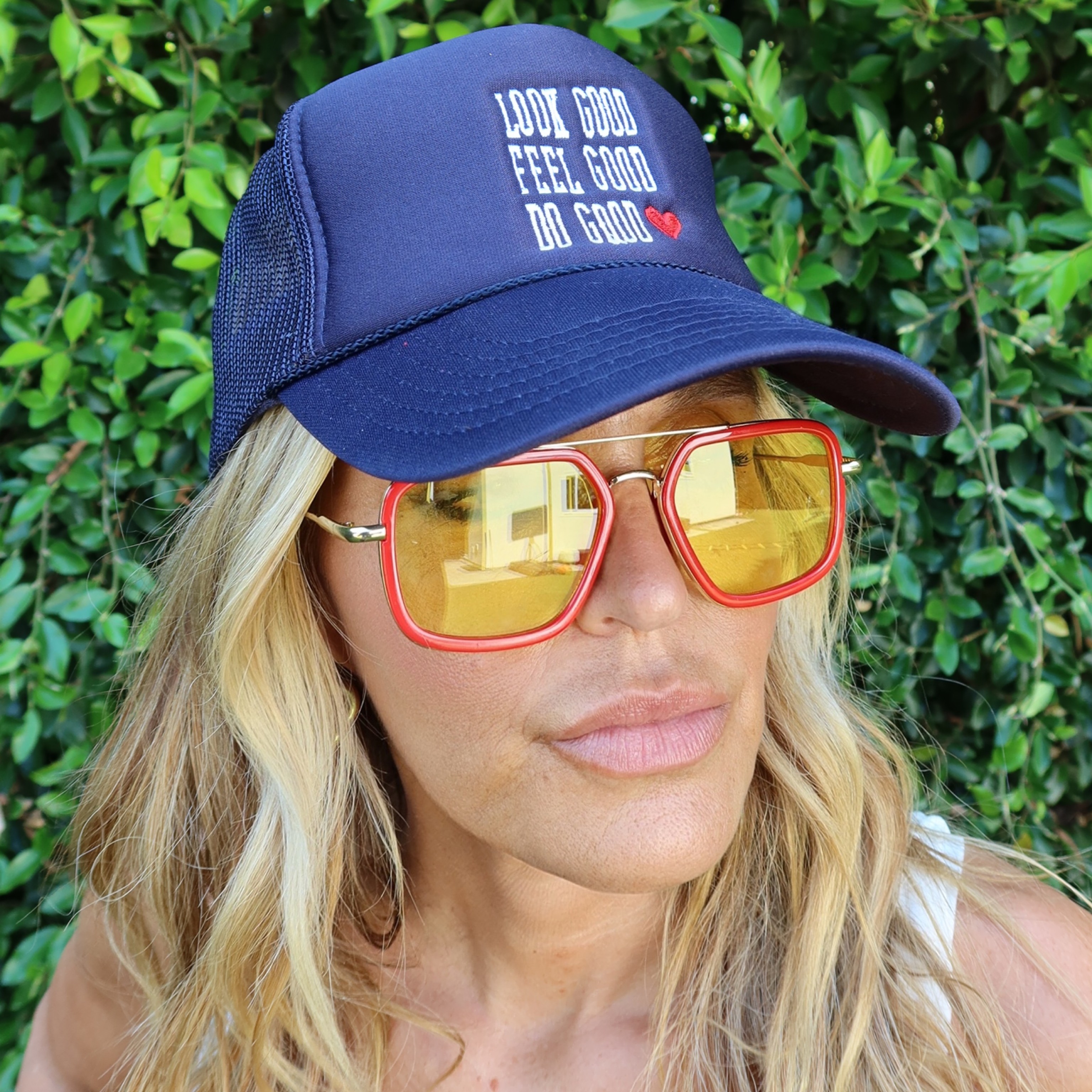
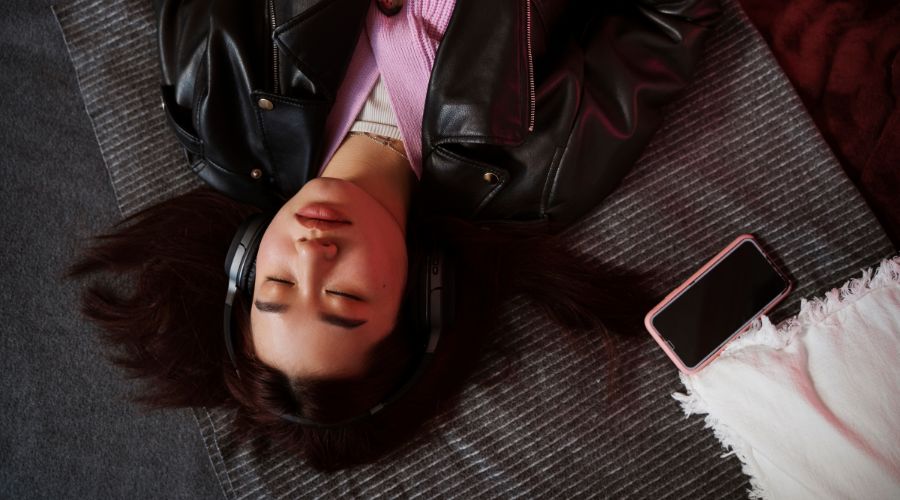

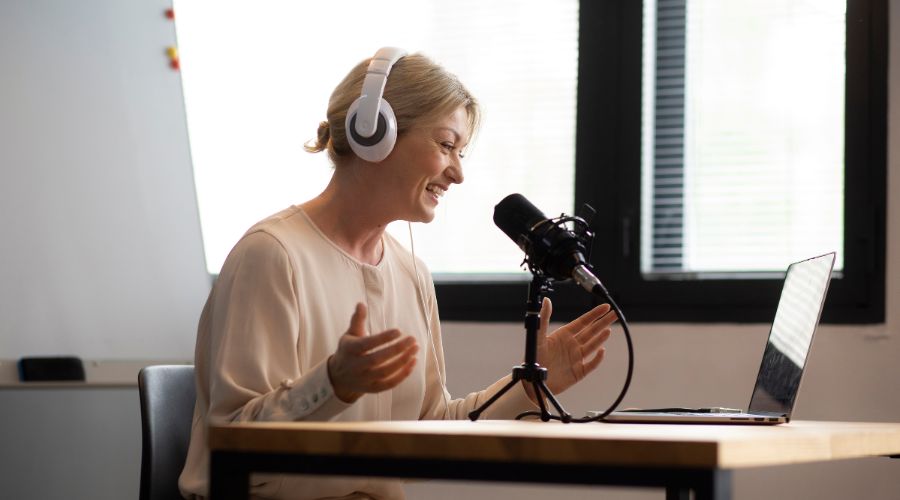
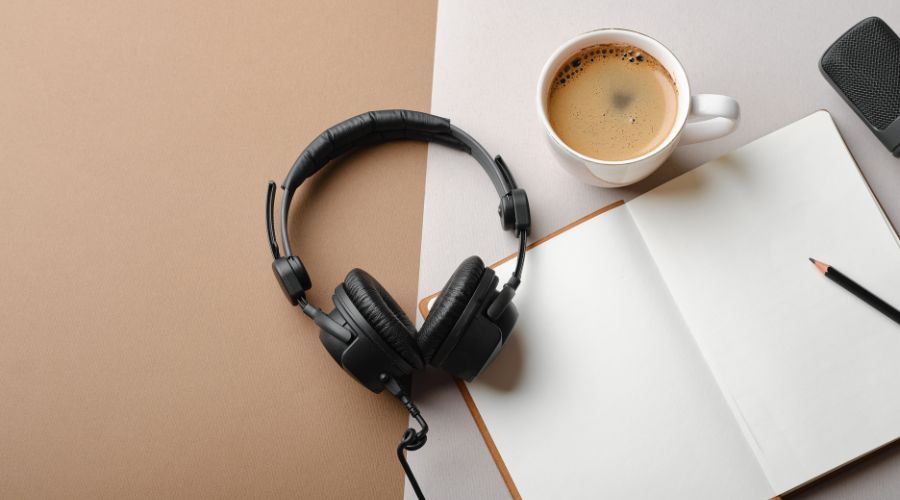






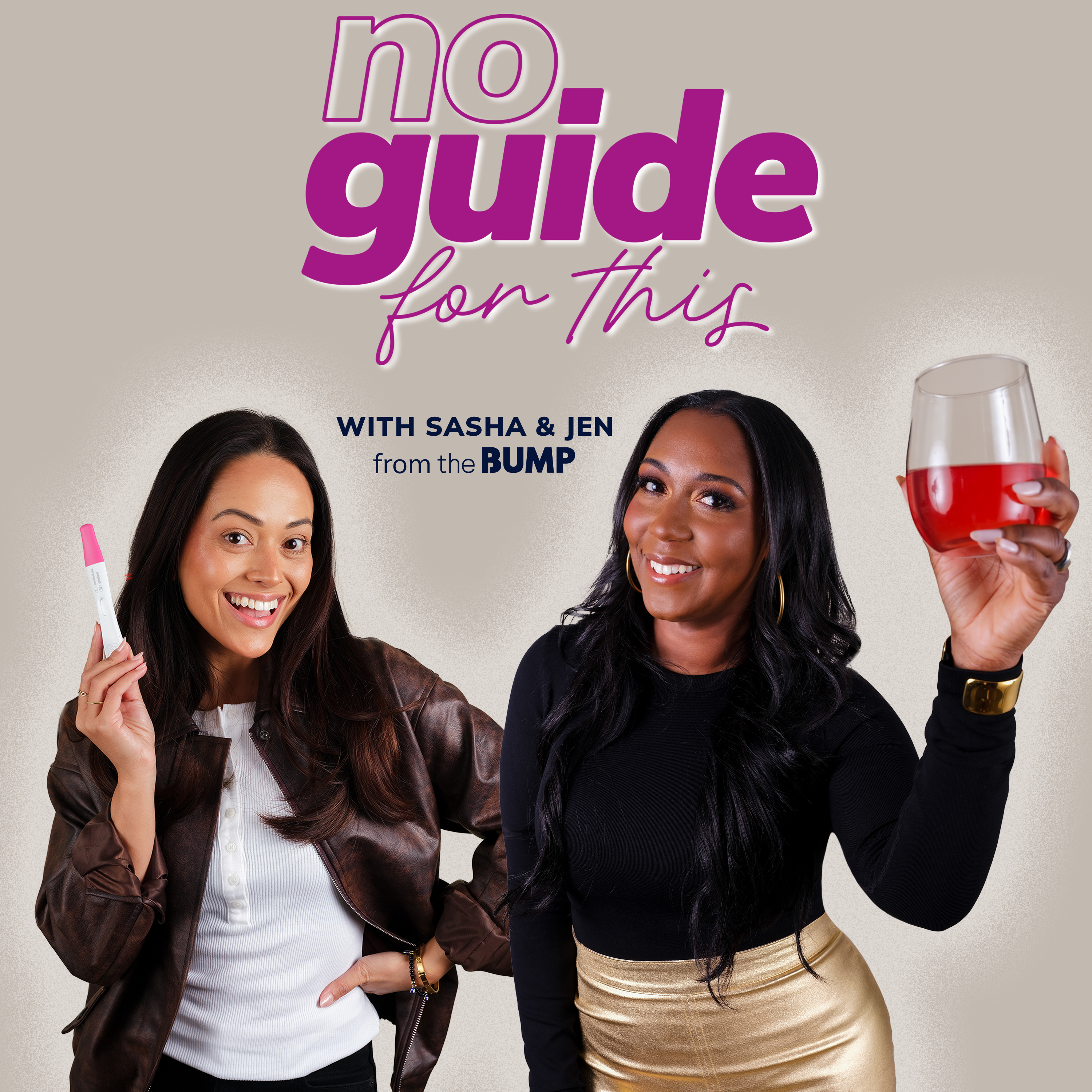




Leave a Reply